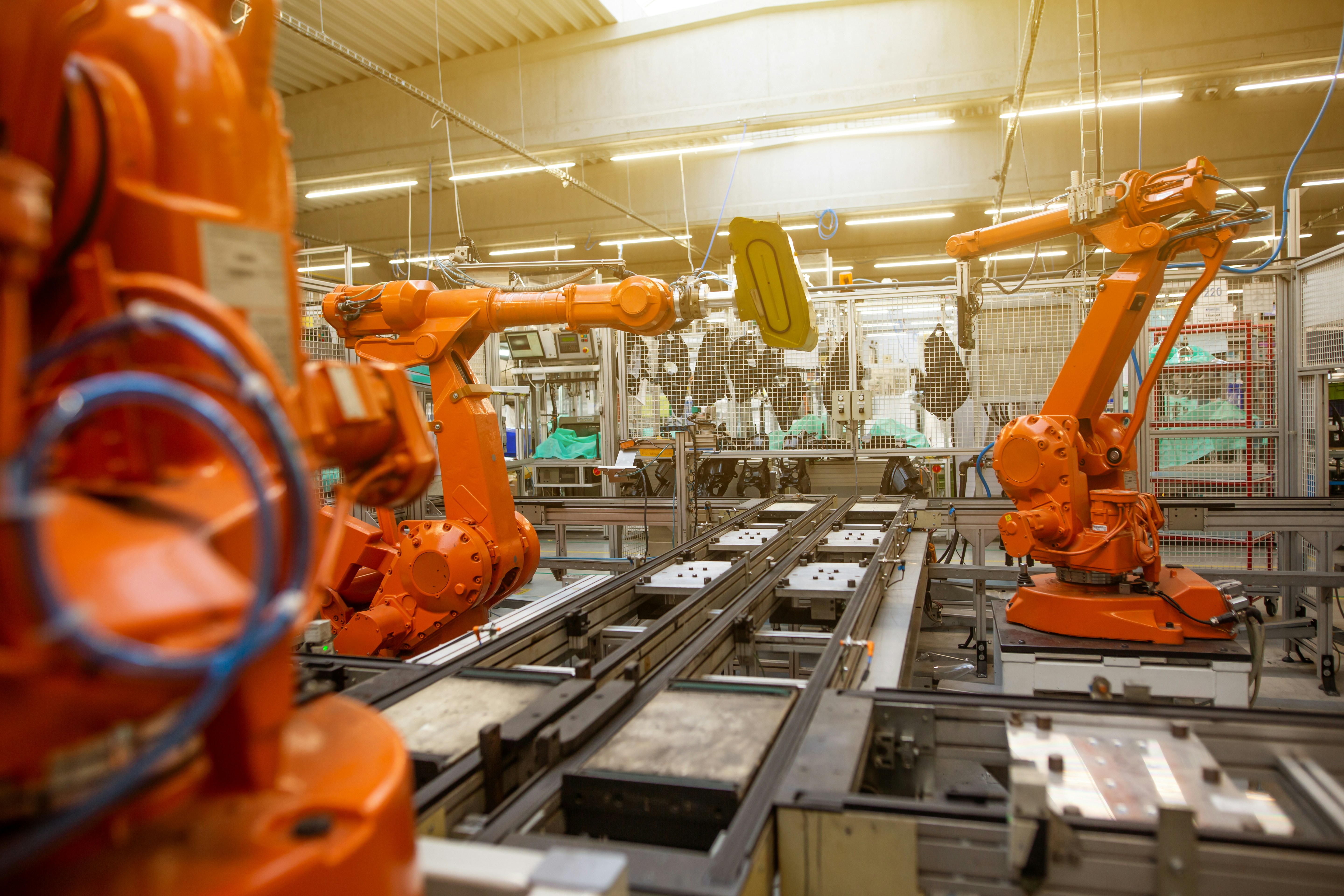Robotics Software Engineer | Robotics | Harwell – Hybrid | £55,000pa - £65,000pa plus share scheme & benefits:
A once in a lifetime opportunity has arisen for a passionate Robotics Software Engineer to join a stealth robotics company based in the Oxfordshire area. This amazing business and AUV submersible robot have massive potential across a range of different industry sectors. The Robotics Software Engineer will be responsible for the design, development, and integration of advanced software for next-generation underwater unmanned platforms using C++, Python on ROS/ROS2. This role will play a pivotal part in driving control, autonomy, perception, and mission-critical software for submersible robotic systems.
If you’re passionate about robotics and the autonomous vehicle and unmanned vehicle industry, you honestly need to make contact with us, this Robotics Software Engineer role is not to be missed. Candidates must be British Citizens or have lived in the UK for a minimum of 5 years, due to needing SC clearance.
Key Responsibilities:
Design, and development of software for autonomous underwater vehicles (AUVs) and remotely operated vehicles (ROVs), leveraging ROS/ROS 2 and other robotic middleware.
Integration and selection of a wide array of sensors (e.g., sonar, cameras, Doppler velocity logs, IMUs) and actuators into robust, modular control frameworks.
Implementation of autonomy algorithms, including SLAM, path planning, adaptive control, and real-time obstacle avoidance, with focus on GNSS denied localisation.
Development of real-time systems for data acquisition, onboard processing, and underwater communication (acoustic, RF, optical).
Testing and validation, including hardware-in-the-loop simulations and live sea trials, ensuring robust performance in challenging marine environments.
Collaborate with multidisciplinary teams—including systems, mechanical, and electrical engineers—to ensure cohesive and reliable system integration.
Maintain clear and concise documentation, and manage source control using tools like Git/GitLab. Qualifications:
Bachelor's or Master’s degree in Robotics , Computer Science, or a related field.
4+ years of experience in embedded systems, robotics software, or unmanned systems development.
Strong expertise in C++, Python, and software development for real-time systems.
Experience with ROS or ROS 2, including custom nodes, launch files, and integration with hardware.
Experience with embedded software development such as STM32, ESP32, and Arduino. Bonus if you have worked with Pixhawk.
Ability to work in field conditions, including support for field testing and sea deployments. Preferred Experience:
Domain Experience in maritime, defence, or subsea robotics industries.
Knowledge of machine learning, underwater SLAM, or AI for autonomy in constrained environments.
Familiarity with underwater navigation, acoustic communications, or environmental sensing. If you’re passionate about both robotics, in particular autonomous underwater or submersible vehicle and unmanned vehicle industry, and you love software engineering within this space, please get in touch ASAP.
MARS Recruitment is an equal opportunities employer and positively welcomes applications from suitably qualified applicants regardless of race, colour, sex, marital status, national origin, religion, age, disability, or any other protected status. Suitable candidates for the role will be contacted within 3 working days, unfortunately if you haven’t heard back in this time your application has been unsuccessful at this time
MARS Recruitment is a specialist Engineering & IT recruiter working in partnership with companies across the UK and offers services of both an Employment Business (for Temporary/Contract roles) and an Employment Agency (for Permanent roles)


